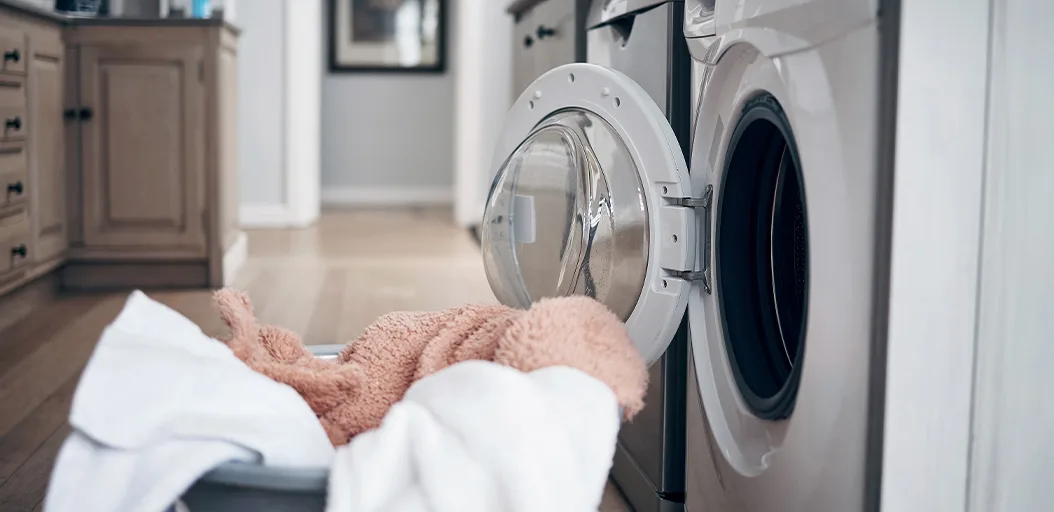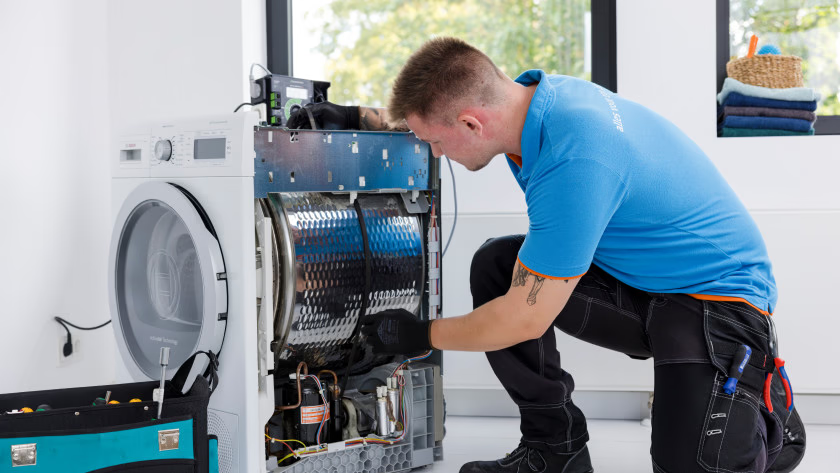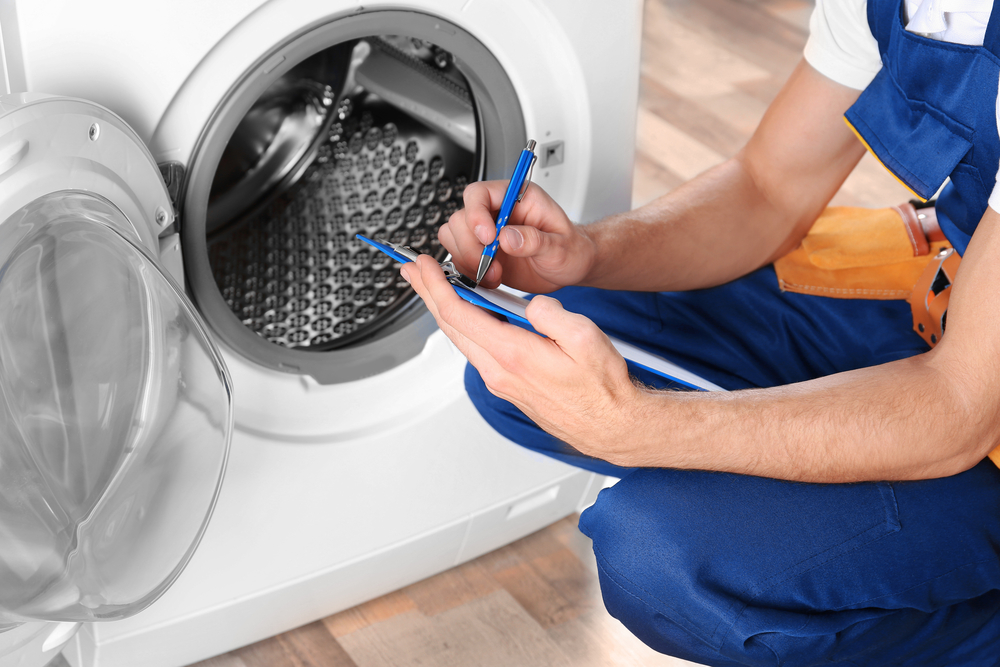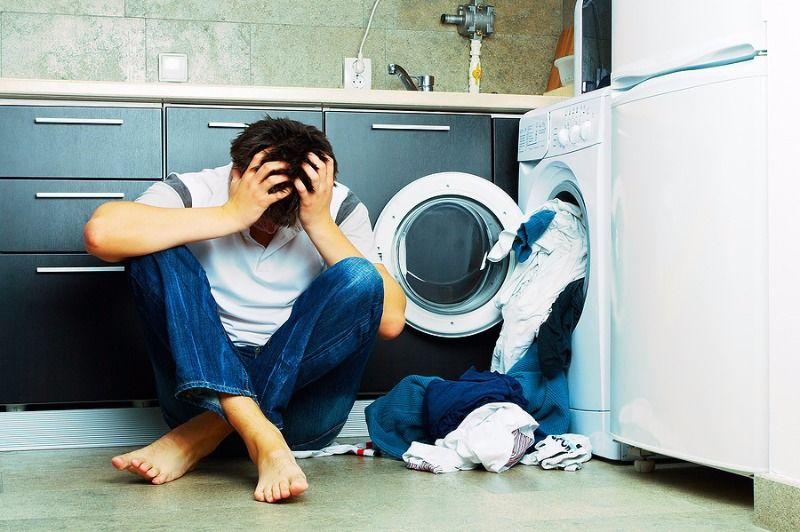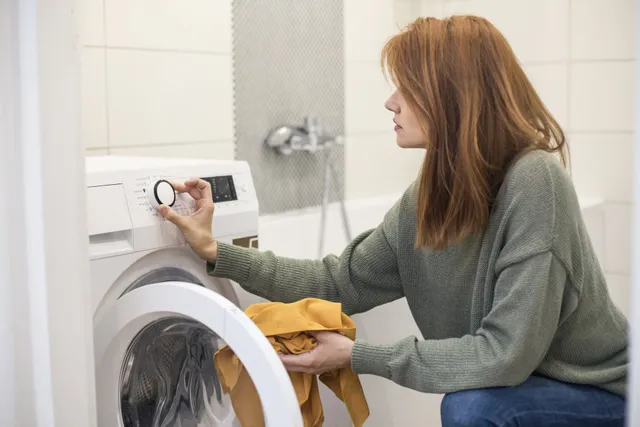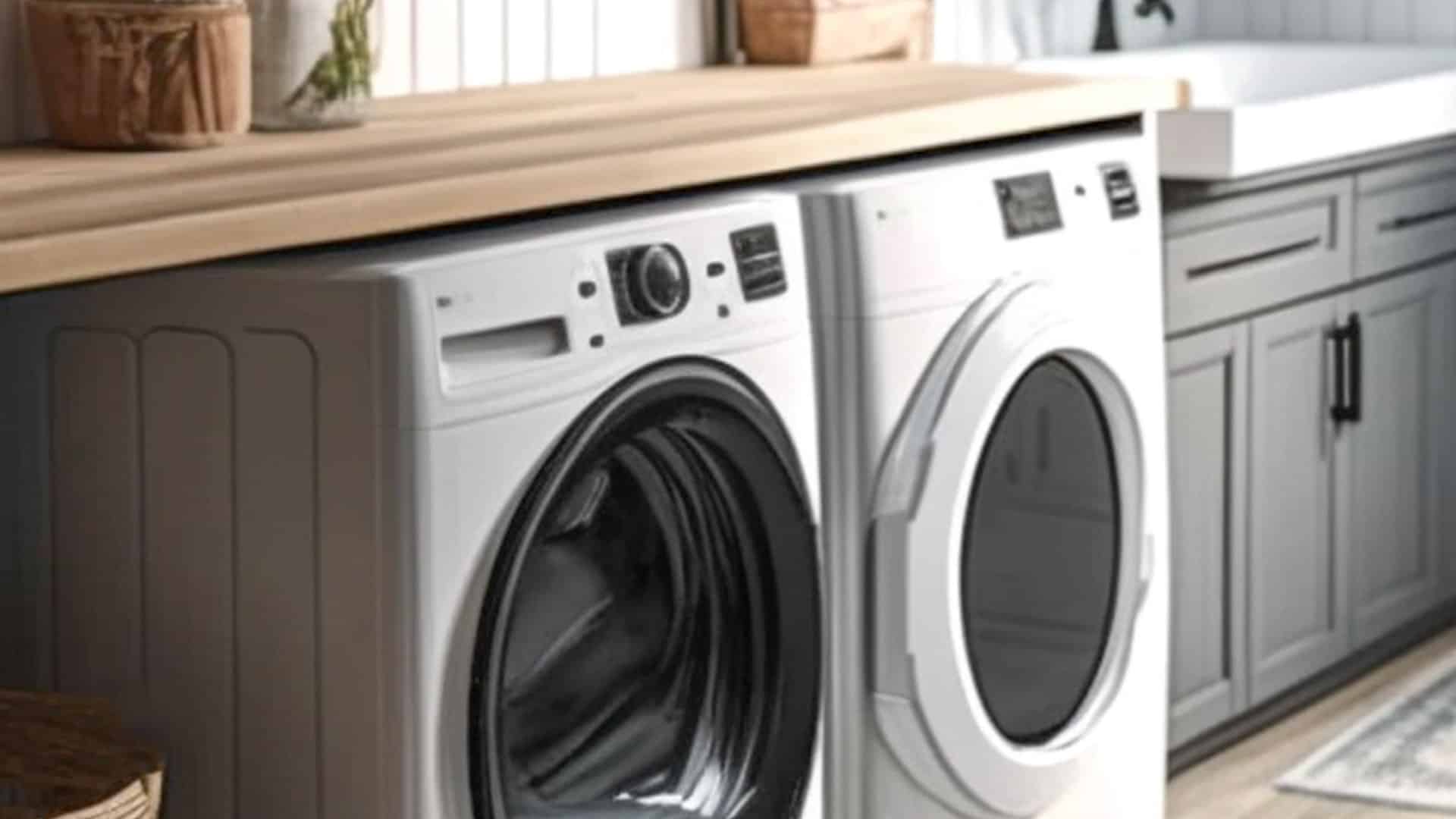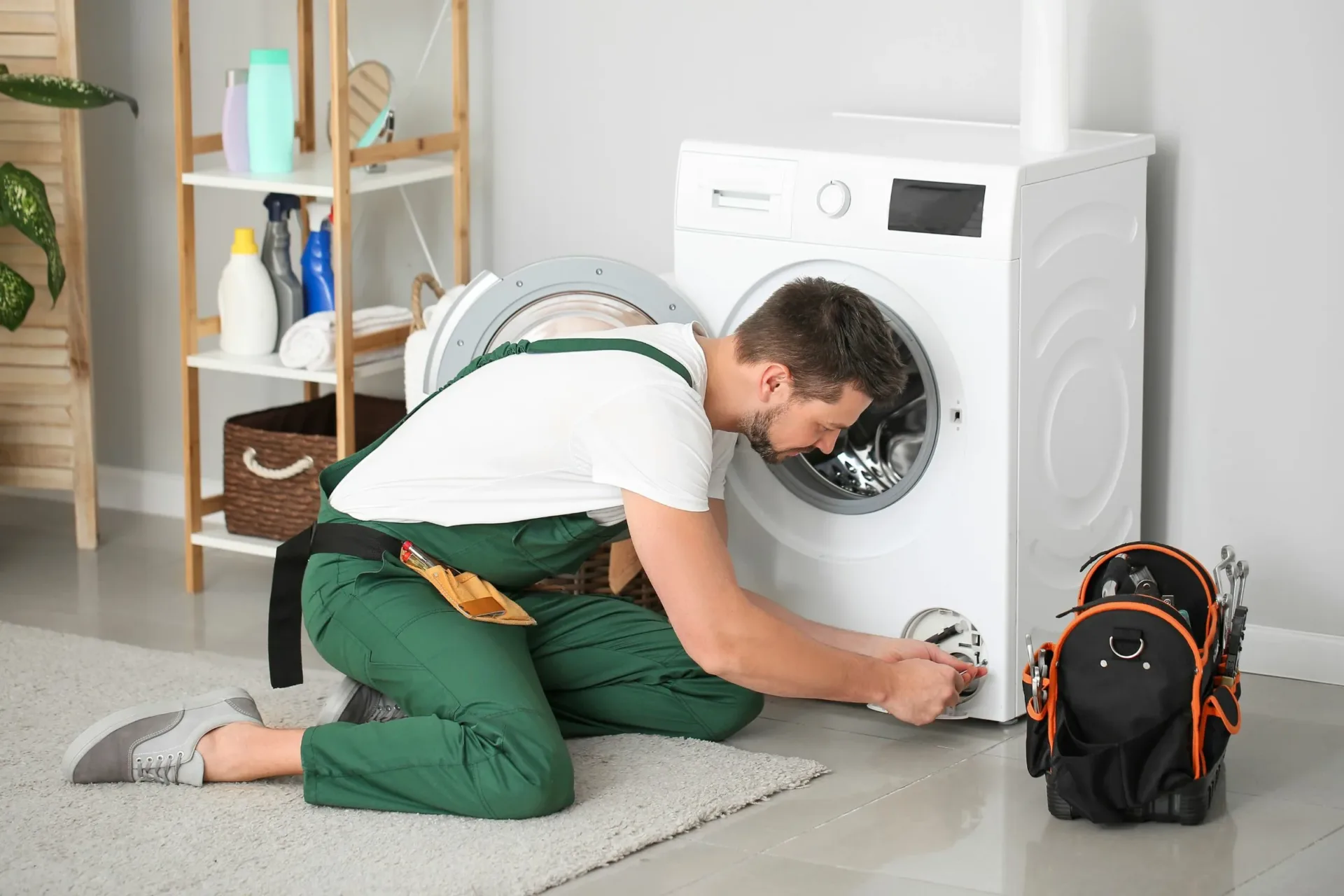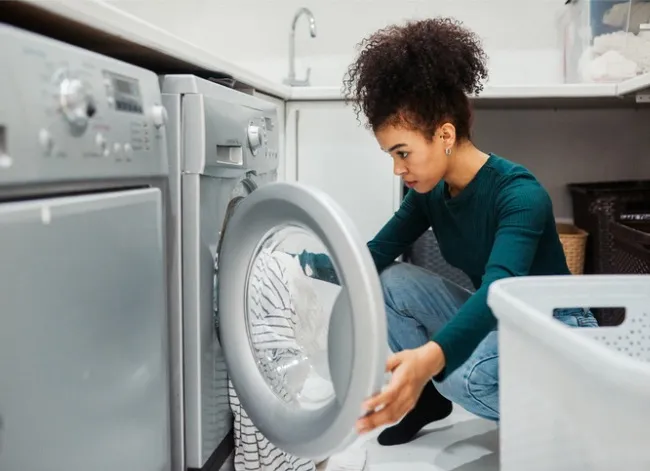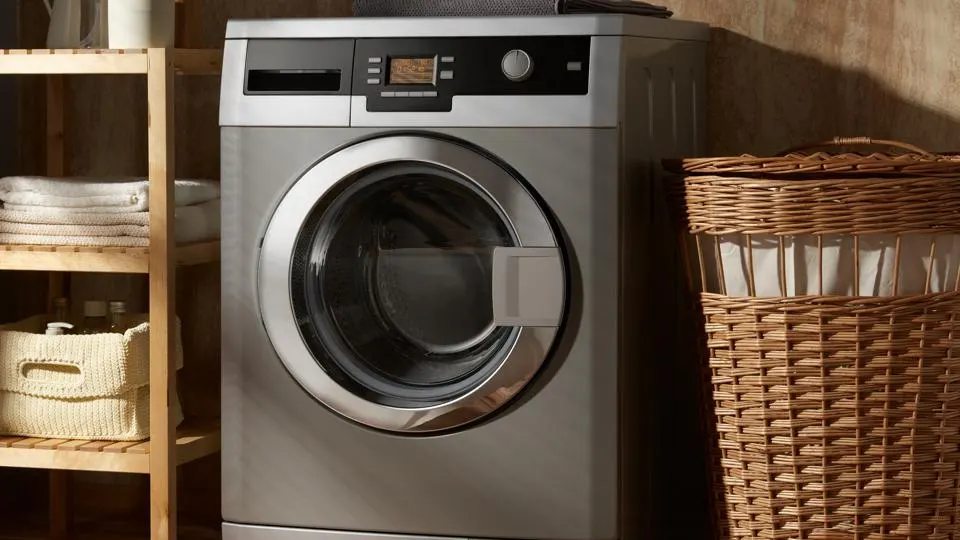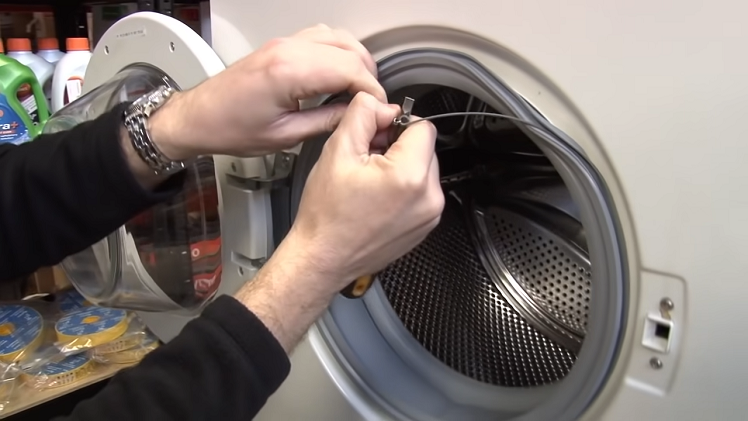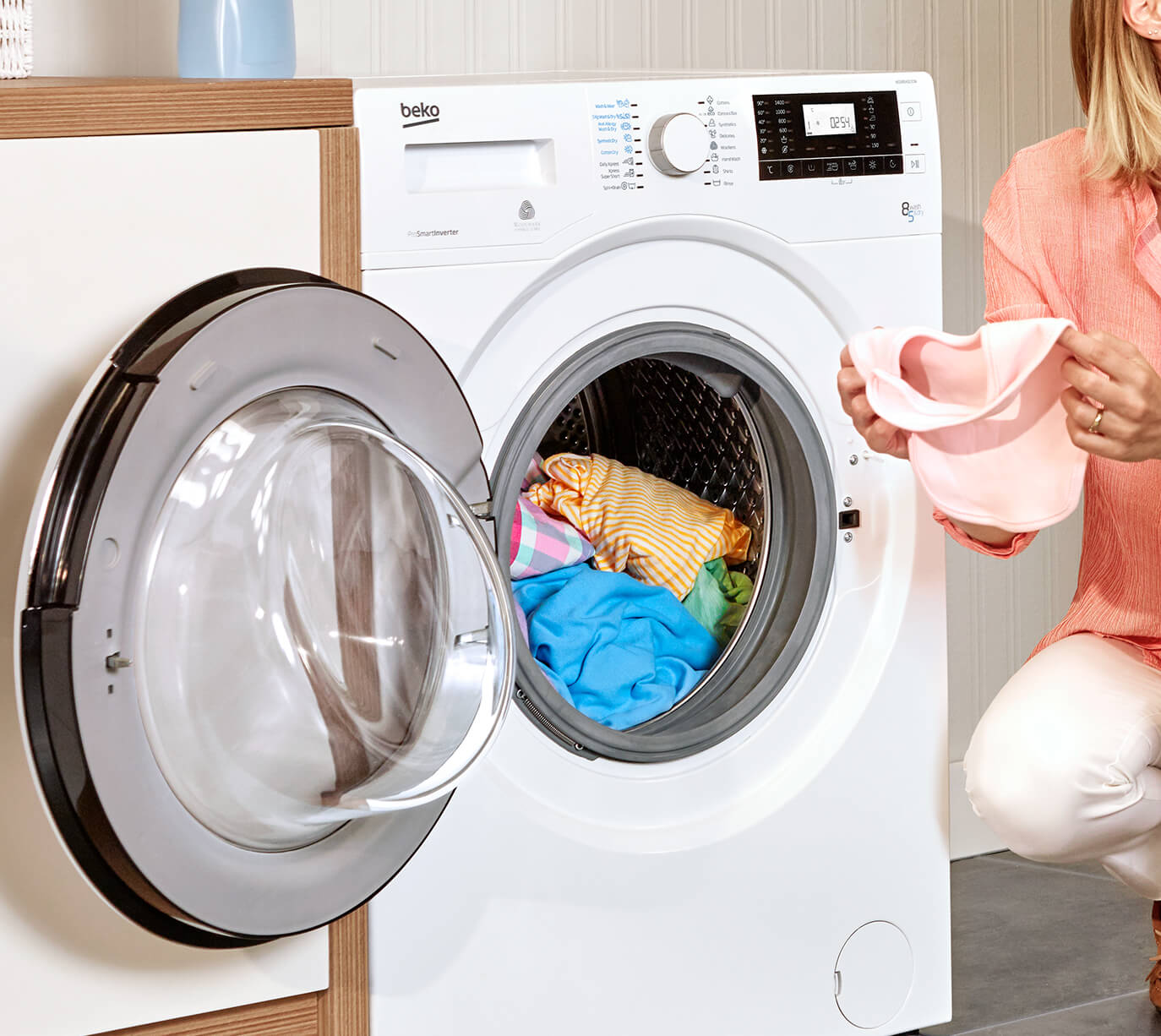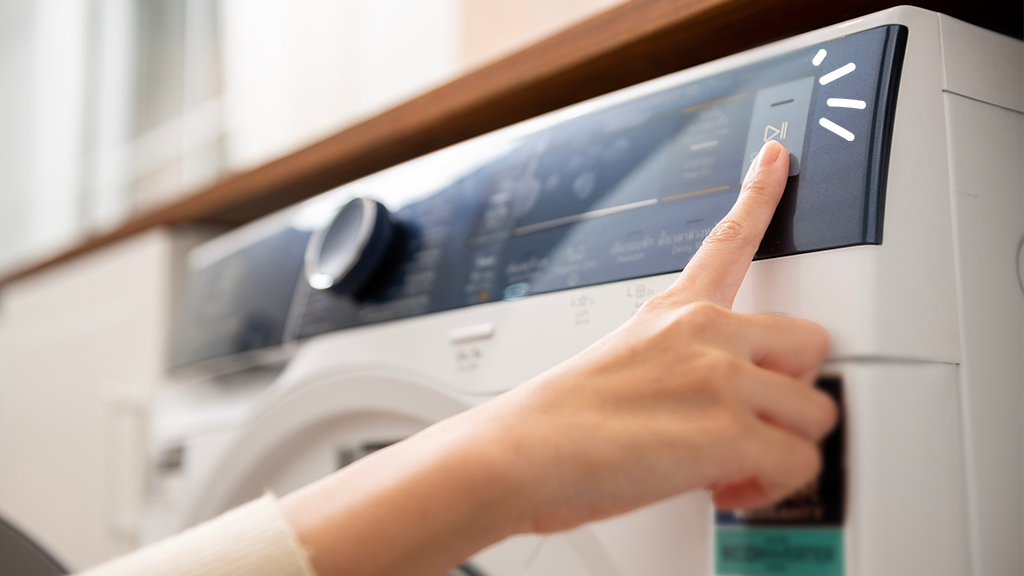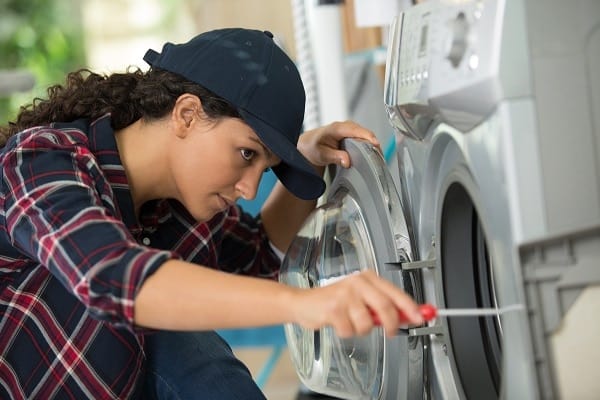The door seal, also known as the door boot or door gasket, is a crucial component of your washing machine. It creates a watertight seal between the door and the drum, preventing water from leaking out during the wash cycle. Over time, the door seal may wear out, become damaged, or develop mold and mildew, requiring replacement. Here’s everything you need to know about replacing your washer’s door seal:
Signs That Your Washer Door Seal Needs Replacement:
- Visible Damage: Inspect the door seal for signs of wear, tears, cracks, or visible damage.
- Leaking Water: If water is leaking from the door during the wash cycle, it may indicate a faulty door seal.
- Mold or Mildew: A buildup of mold or mildew on the door seal can be difficult to remove and may indicate that it needs to be replaced.
- Foul Odor: Mold or mildew growth on the door seal can cause unpleasant odors to develop inside the washer.
Steps to Replace the Washer Door Seal:
- Gather Your Tools and Materials:
- Replacement door seal
- Screwdriver
- Pliers
- Towels or rags
- Unplug the Washer:
- Safety first. Ensure the washer is unplugged from the power source before beginning any repairs.
- Remove the Old Door Seal:
- Open the washer door and locate the retaining band or spring clamp securing the door seal to the drum.
- Use a screwdriver or pliers to loosen and remove the retaining band or spring clamp.
- Peel the old door seal away from the drum, starting from one corner and working your way around the perimeter.
- Clean the Drum and Door Area:
- Use a mild detergent solution and a clean cloth to wipe down the drum and door area, removing any dirt, debris, or mold buildup.
- Install the New Door Seal:
- Begin by fitting the new door seal onto the drum, starting from the top and working your way down to ensure a snug fit.
- Once the seal is in place, reinstall the retaining band or spring clamp to secure it. Ensure the seal is properly seated and aligned.
- Check for Leaks:
- After replacing the door seal, run a test cycle to check for leaks. Inspect the area around the door for any signs of water leakage.
- Clean Up:
- Dispose of the old door seal properly and clean up any tools or materials used during the replacement process.




